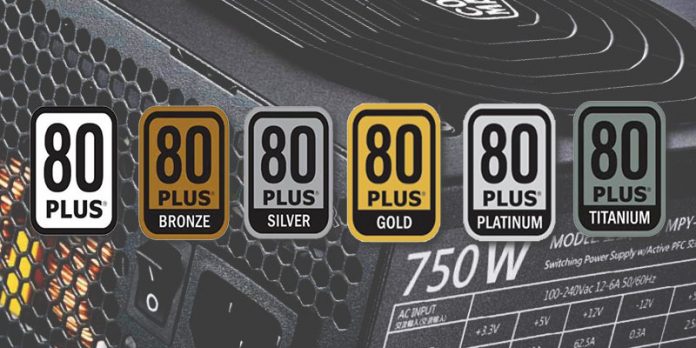Power Supply Unit
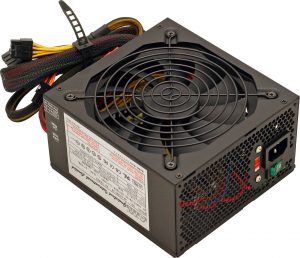
Have you ever gone out with your significant other, they tell you a story, and suddenly they bring up a mistake you made long long LONG ago; but you don’t remember because well… you moved on? Power Supply Units (PSU) are not like that. They are efficient at delivering what they need to and pretty straightforward; simpler to understand.
In this article, we’ll explore how to calculate efficiency so it can be reverse-calculated to know how much power is actually drawn from the socket on your wall. It’s simpler than it sounds.
There will be some calculations to help you understand better. Don’t worry. We’re using basic mathematics.

Efficiency
Let’s say you have a PSU labelled 100W hooked to your computer. What this PSU does is deliver 100W to your PC, correct? Now, in reality, the PSU actually draws MORE than 100W from your wall socket. For the sake of an example, let’s say that it draws 125W.
To calculate efficiency of this PSU, we take the formula:
P.Delivered = P.Drawn x Efficiency.
[100W = 125W x Efficiency].
Using the power of mathematics, Efficiency will equal to 0.8. Changing this to percentage-wise, it’s 80% in efficiency.
Power delivered = 100W
Power drawn = 125W
Efficiency = 80%
Now, the thought that’s probably going through your head is this: “If the PC takes 100W, why the heck does the PSU draw 125W? Where does the extra 25W go?”
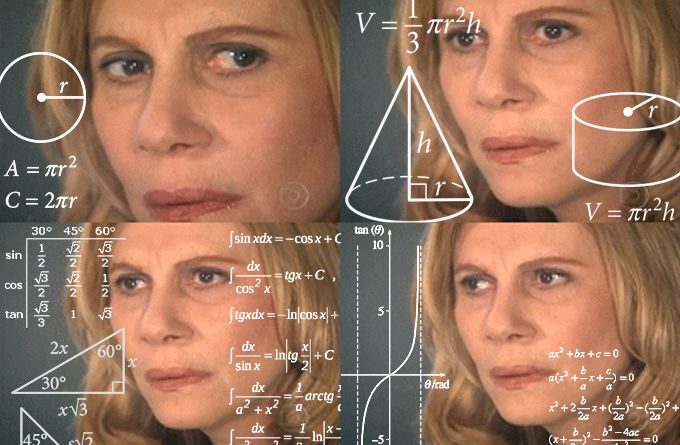
Nowhere.
That 25W becomes heat. In other words, it’s “wasted energy”. The higher your Efficiency, the lower the power is drawn; hence the lower the amount of wasted energy.
Who The Heck Cares??
You should.
Wasted energy (heat) is one of the factors you’d want to mitigate as much as possible for your PC. More heat means it’s tougher for your cooling systems to keep temperatures down. And constant exposure to high temperatures translates to shortening the lifetime of the hardware you have installed.
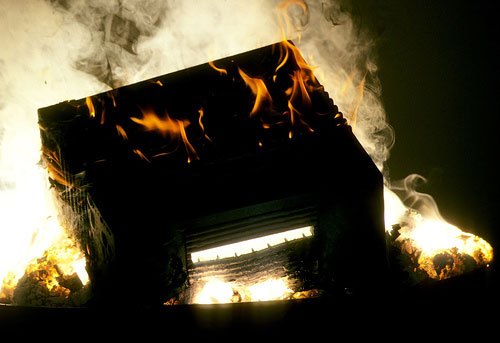
And what happens when you have to replace these components quicker than expected time? Money is spent. Time is spent. For more frustration. Doesn’t take a genius to figure that it’s a bad trade.
80 Plus Efficiency Ratings
Here are some numbers for you to remember when dealing with 80 Plus-claimed PSUs. Load of 20%, 50%, 100%. Keep in mind these numbers.
And now, you’ve probably seen PSUs with the 80 Plus logo stuck to the boxes. Bronze, Silver, Gold etc. There isn’t much to LoL about here. So what is it, really? Why the categories? Here’s a reference chart for the internal non-redundant 115V and 230V:
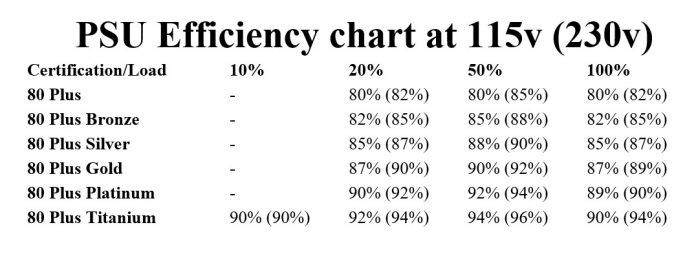
100 % Efficiency Rates
This is most likely never going to happen in our lifetime or in the next generation’s. We could come closer and closer to 100%, but energy will always be lost as heat when it is being transferred from one medium to another. But then again, who knows? Maybe you’ll be the one to come up with that kind of technology in our lifetime.
Fancy more articles like this? Consider Liking us on our Facebook!














